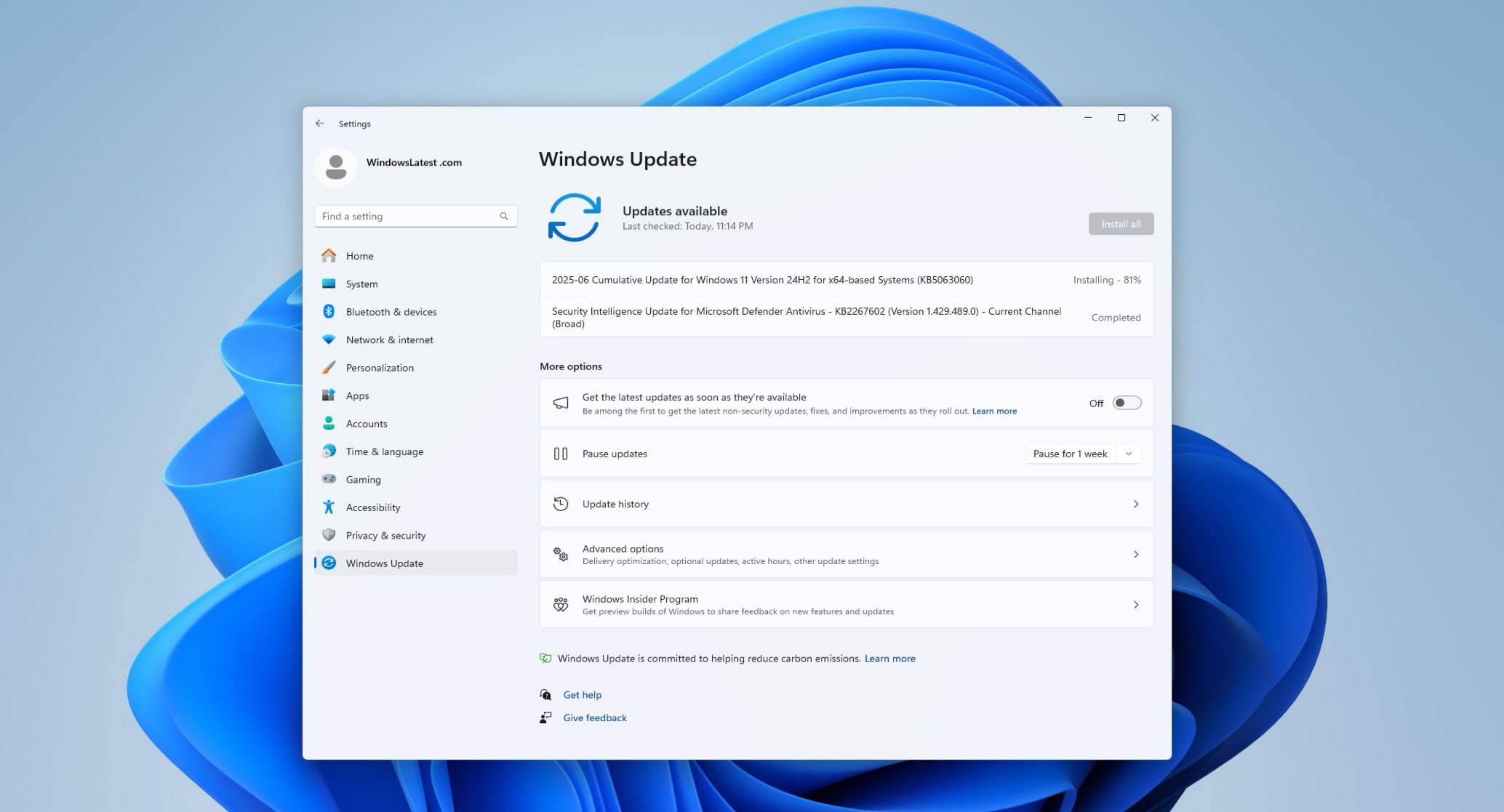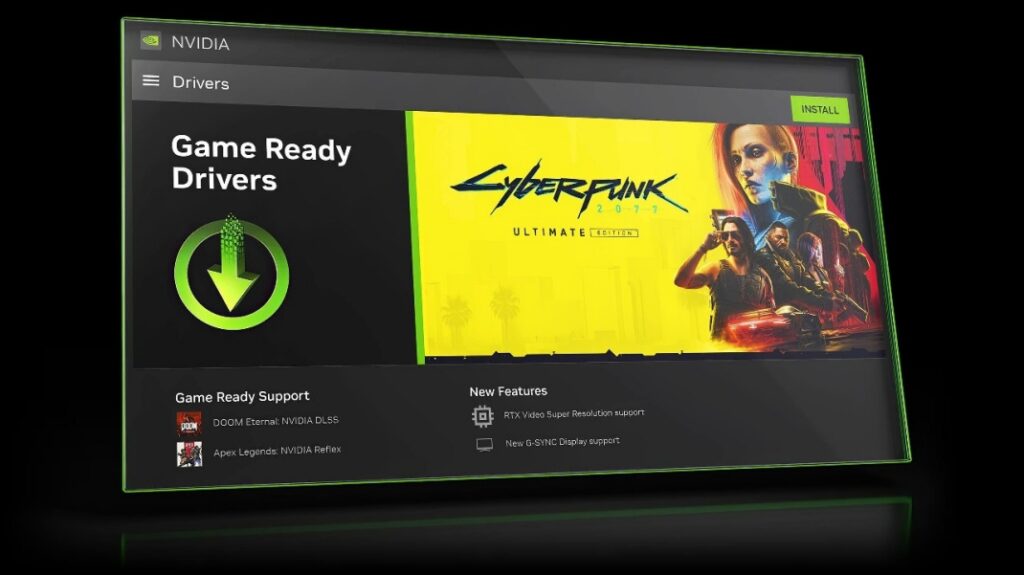
For a long time, updating your GPU driver has been considered a no-brainer—a routine action many users perform without a second thought. The assumption is simple: newer drivers mean better performance, smoother gameplay, and access to the latest features.
However, recent user experiences suggest otherwise. In many cases, especially with mid-range or slightly older GPUs, the latest driver updates can cause more harm than good. Instead of performance boosts, users report crashes, frame drops, stuttering, screen flickering, or even system instability.

Why is this happening? Because modern driver updates are primarily optimized for the latest GPU models. Each new release focuses heavily on supporting the most recent hardware—often leaving older cards either partially compatible or untested. That leads to inconsistent results, and in some cases, degraded performance.
Many users report that their systems ran flawlessly on a previous driver version, only to experience issues after updating. Clearly, “staying current” is no longer an automatic win—it’s now a decision that should be approached with caution.
Rather than blindly updating, users should consider a more strategic and informed approach. Here are a few key points to keep in mind:
GPU driver updates are no longer just about staying current—they’ve become a matter of system stability and compatibility. For graphics cards that are no longer the center of development focus, newer drivers might introduce bugs rather than fixes.
The most important benchmark for a conscious user should be how reliably their system runs. Being “up-to-date” sounds good in theory, but in practice, sticking with the right driver version can make all the difference.
